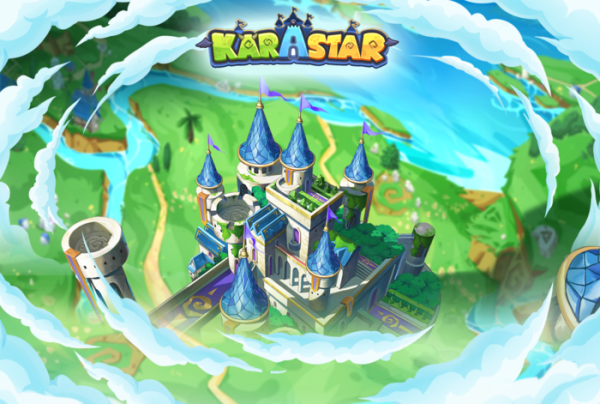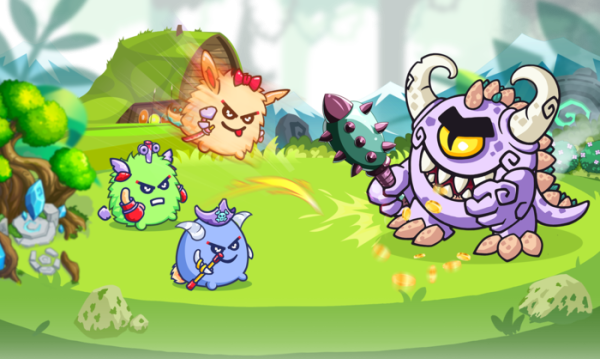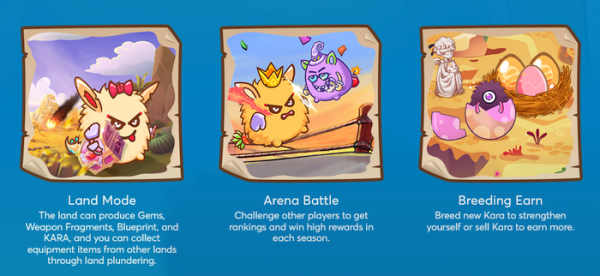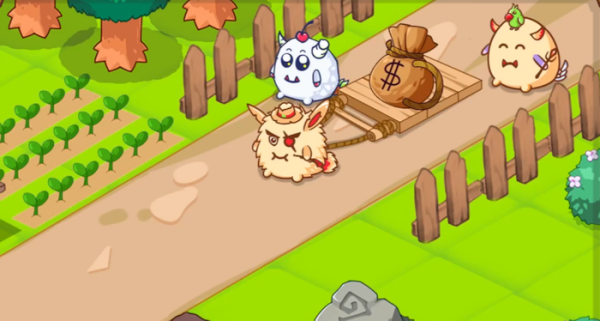Singapore – KaraStar, a unique play-to-earn game by Singapore’s Karastar Technology Pte. Ltd, has been turning heads ever since its launch earlier this year. The game has been getting a lot of traction with players across the world.

“We are elated to see the tremendous response to our flagship P2E game, KaraStar. This has been a dream run for us. The team is thrilled to see their hard work getting the recognition it deserves. Our token continues to achieve new milestones every day,” says Ekta, Founder, and CEO of Karastar Technology Pte. Ltd.
If you have ever dreamt of having a Doraemon-like pocket that could conjure a lot of money, then you would probably want to check out Play2Earn blockchain games. The idea is simple. Owning a crypto-asset allows players entry into the game ecosystem, which rewards players in native tokens which they can then cash out. However, this raises the question of whether such payouts will make P2E games like KaraStar sustainable.

Tokenomics at KaraStar
Tokenomics refers to the economics of a cryptocurrency token — what determines the value of a token? Simply put, it is all about the supply and demand of the token. Similar to any free-market asset, increased overall demand will naturally drive a higher price. It is thus one of the first things that any savvy investor looks at before deciding to put their money into a project or company.
“The aim of any good token-based project is two-fold. First, to ensure that the token is high in value, and gives investors good returns. Secondly, to ensure that these good returns are stable and sustainable over years. Now, while it seems like these two goals are at odds with each other, strong tokenomics management and dynamic response by the team make it possible,” explains Ekta.
If a token is generated regularly over time with nothing to curtail its increasing supply, it would devalue over time. To reduce the supply, there need to be use cases where the token is burnt. For example, paying a fee to level up your karas, exploring, or plundering burns the tokens, therefore reducing the total supply. These are also referred to as burning mechanisms, which are healthy consumption systems and diversified consumption scenes.
Regarding demand, people selling their tokens will cause the price to drop. Demand for a token can either be driven by strong use cases, or people buying because they think that the token price will increase in the future. The latter is often tied to high confidence in the project and the team.
Well-designed burn mechanisms are vital to the stability of a token and the longevity of a P2E game. This determines both the selling and buying pressure of tokens. The $KARA amount you earn from exploring and plundering is proportional to the land output capability. This improves the input-output ratio and resource utilization of land.

Tokenomics with Playability
If P2E only focuses on profit and only relies on income to attract players, it will eventually fall into a death spiral. To retain players, the team needs to focus on functionality and playability to make traditional games more fun and to develop a game community in addition to generating revenues. This is how GameFi 1.0 evolved to 2.0.
“It is our goal to continue to optimize the economic model as well as the game experience. The new version of Karastar was launched with a strong focus on evolving from “play to earn” to “play and earn”. This will drive the long-term value of the project and users will have more fun playing the game,” remarks Ekta.
Karastar plans to launch a guild system in the near future, which will result in multiple benefits for the users.
Firstly, the system will create stronger ties for users at different levels, and they will be able to contribute value to the growth of the guild and share the income from it.
Secondly, the stronger the player’s previous interaction, the stronger the liquidity of the game economic system will be, and the more conducive it will be for the transition of the game’s economic system to the deflation model.
Thirdly, the entry threshold of new users will be further reduced through the guild system. This will lay a foundation for the project to embrace more new users in the future.

Bringing real value to users
For the game to be sustainable, it has to offer real value to users rather than just focusing on the money-making aspect. This is because the value of their crypto assets is directly tied to their earning potential.
Investors at different levels can have a strong interest chain. Most of the income for small investors comes from other whales rather than the income given by the project party. It alleviates selling pressure to a great extent.
“Being listed on KuCoin in an extremely poor market environment this month, we’ve currently opened KARA/USDT trading pair and ranked No. 1 in KuCoin’s new arrival listing. The trading volume exceeded 10,000,000 within 15 hours, and the currency price rose 274% in a single day, which is enough to show our courage and the quality of the project,” adds Ekta. “KaraStar 2.0 is not the end; it is a new start. It’s now the right time for the kara metaverse. This rising sun clearly illustrates a bright horizon ahead, and the world is in for a ride of the century.”
Media Contact
Company Name: KaraStar
Contact Person: Romeo
Email: Send Email
Country: Singapore
Website: https://www.karastar.com/home
